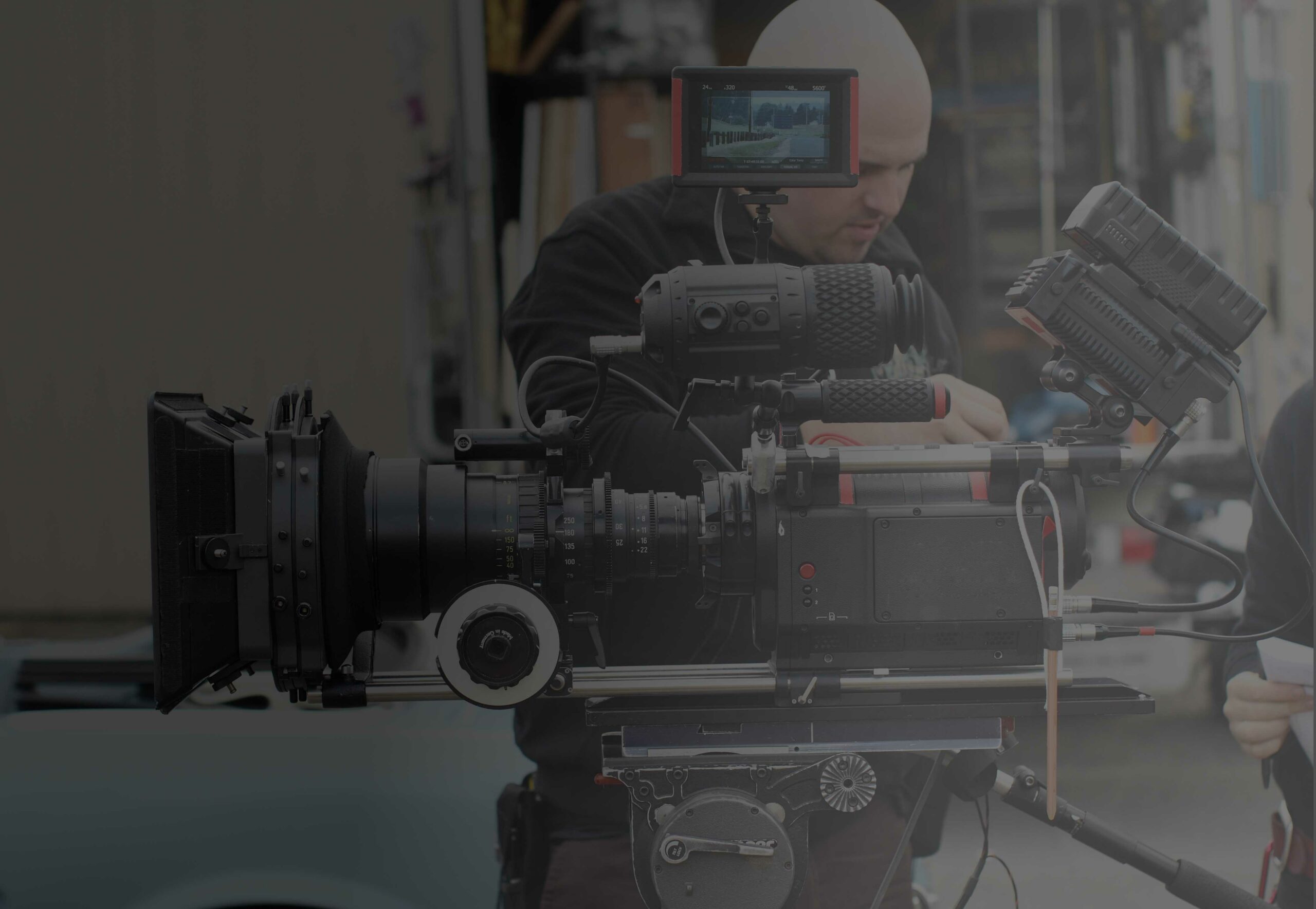WHAT DOES A GAFFER DO IN FILM?
WHAT DOES A GAFFER DO IN MOVIES?
To say it simply, the gaffer is the chief lighting technician of a film crew, and sometimes the traditional name “gaffer” is dropped in favor of the more official lighting technician. If it has to do with lighting, the gaffer is in charge of it. This means the gaffer not only has to have mastery over the vast array of lights, lighting equipment, and lighting techniques that may be used while filming, but the position also requires knowledge of the set and requirements of the script and the director. Working together efficiently is one of the most important qualities for any film crew, and it is part of the gaffer’s responsibility to make sure all lighting workers are up to speed with changes that are being made and can work well with other members of the crew–which means staying out of the way as much as offering assistance.
GAFFER VS. GRIPS
Gaffers should not be confused with key grips or boss grips, although there is some overlap. Grips focus primarily on the construction and equipment aspects of filming. Grips can be found building scaffolding, or tracks for lighting or camera equipment to move across. The key grip oversees all the other grips, while the gaffer oversees all the lighting staff, and depending on the film crew the gaffer will probably be in charge of the grips who are working on lighting at that time. Both the key grip and gaffer also have “best boys” or seconds who tend to take care of logistics like transportation.
WHAT ARE THE GAFFER’S JOB DUTIES?
Of course, there is a lot of lighting work that needs an expert touch, meaning a qualified electrician who can monitor electrical current requirements and make sure there are no overloads. The gaffer needs to hire a professional electrician who can handle the depends on the film industry like the rest of the crew, and most gaffers have one or two electricians that they depend on for the more delicate or dangerous lighting work. Other electric and lamp operators are also beneath the gaffer and take orders from him.
But a gaffer’s job goes beyond logistics and mechanics. The crew working with the lights has to be constantly available, and they all work 12-18 hour days for weeks and sometimes months at a time as the movie or video is being shot. This can put a lot of stress on the lighting crew and makes for short tempers and accidents waiting to happen. It often falls to the gaffer to make sure the team meshes well, that they have respect for one another, and are close enough to each other to forgive mistakes and learn from one another–a talent not easily measured in training or tests. For this reason, people interested in being gaffers are often encouraged to work with several different film crews to get a feel for the job and what is required, even if they have been to film school and know all the techniques by name.
HOW TO LEARN FROM FILM INDUSTRY PROS?
With the Film Connection Film Production and Editing Program, you’ll be placed inside a professional film production company for six to nine months and learn the role of the gaffer. During this time, you’ll work one on one with a mentor, taking on those day-to-day projects while learning creative aspects of a production.
This will lead to potential on-location shoots, time behind the camera, and learning how to edit pieces under the watchful eye of your mentor. There is no trial and error with our program. You are learning how productions are made from the ground up, from people who do this for a living.



